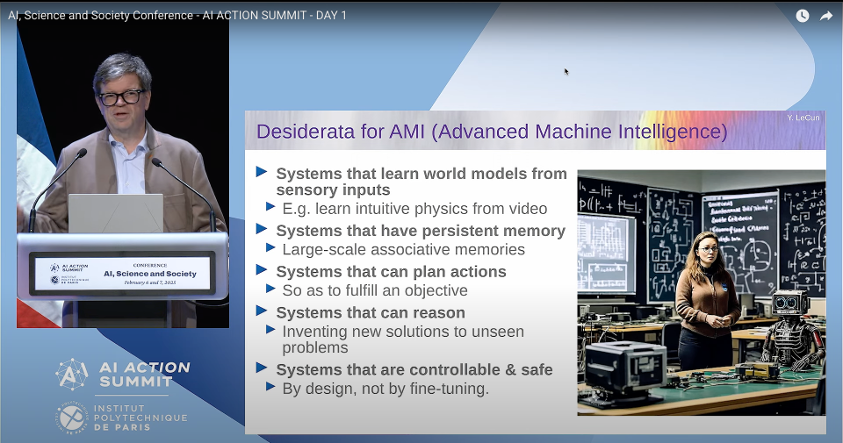"What makes an AI system an agent?"
And what are the consequences of the growing population of AI agents?
In "Agentic culture", I observed that today's "AI agents" have the same features that made "Agent Based Models", 50 years ago, a way to model the emergence and evolution of culture. And I expressed surprise that (almost) none of the concerns about AI impact have taken account of this obvious fact.
There was a little push-back in the comments, for example the claim that "There may come a time when AI is autonomous, reflective and has motives, but that is a long, long way off." Which misses the point, given the entirely unintelligent nature of old-fashioned ABM systems.
Antonio Gulli from Google has recently posted Agentic Design Systems, which offers some useful (and detailed) descriptions of the state of the agentic art, along with example code.
Read the rest of this entry »
